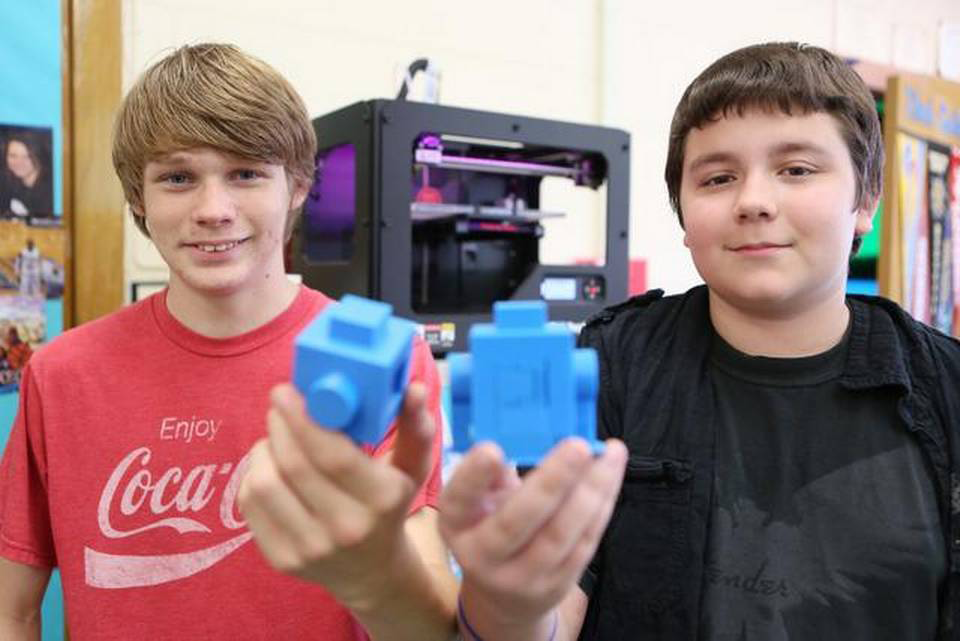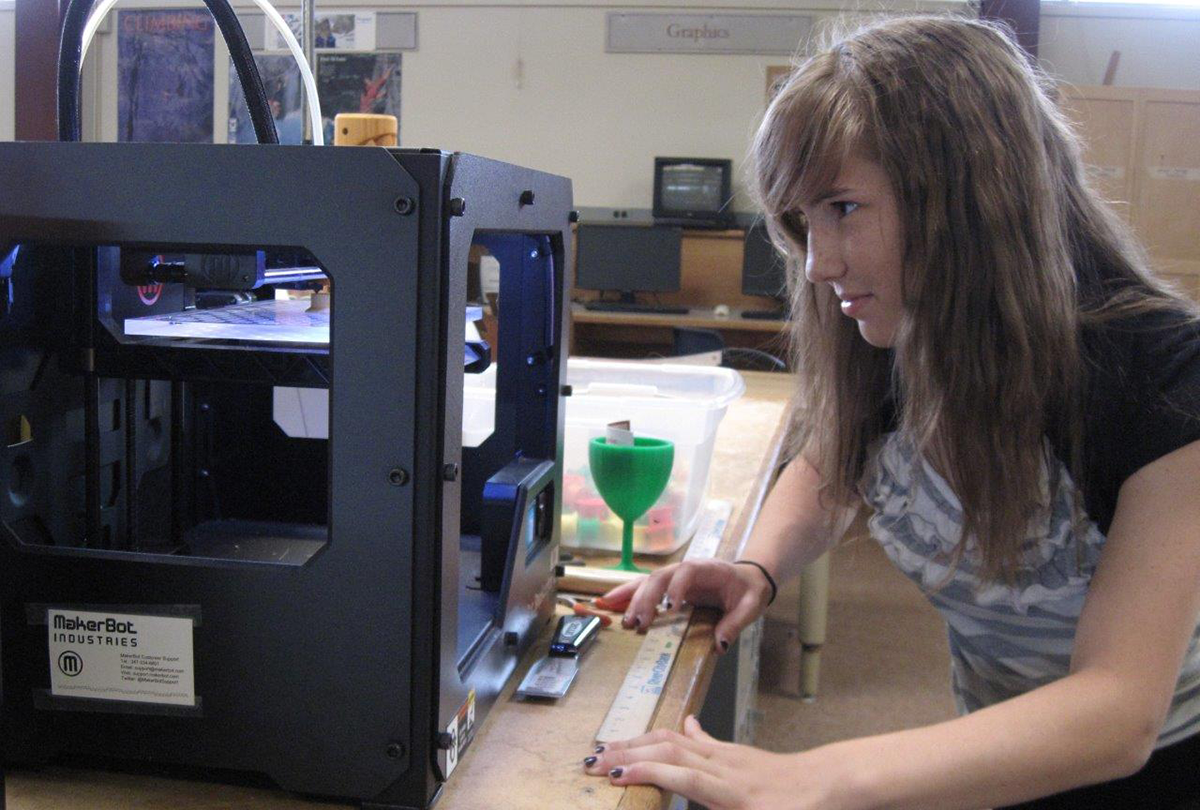Stratasys, has introduced a new full-semester 3D printing curriculum for educators. The 14-week course is designed to “help prepare secondary and post-secondary students worldwide for careers being transformed by 3D printing.”
Educators receive free learning materials, a curriculum guide, supporting presentations, 3D models (STL files) and grading tools. The content of the course may be “continuously refreshed” with the help of participating educators.
According to Sheely Linor, the director of global education for Stratasys: “We notice a strong demand coming from the industry for a curriculum focusing on 3D printing. Educators around the world now have an opportunity to make a big impact by using and contributing to our curriculum. They will also be able to better prepare their students for future careers as 3D printing is becoming an intrinsic part of the design and manufacturing processes in leading companies.”
Check out the beginner course: Introduction to 3D Printing: From Design to Fabrication. It explores 3D printing history, established applications, forward-looking trends, as well as potential social and economic impacts. Through project-based learning, students will experience 3D printing’s impact on the design process firsthand. The course’s theme is Make Something That Moves Something. Throughout the course, a segmented bundle of projects guide students through the process of designing and 3D printing a fully functional moving part in a single build.
The goal is for Students to familiarize themselves with the advantages of “various 3D printing technologies” in terms of precision, resolution and material capabilities. While Stratasys of course recommends FDM and PolyJet 3D printing technologies for this course, apparently, any technology platform and any CAD software with STL support may be used.
The core knowledge that the course hopes to impart on students can be easily broken down. Students will be able to demonstrate knowledge of key historical factors that have shaped manufacturing over the centuries. They’ll be able to discuss current and emerging 3D printing technologies as they apply to a variety of industries. By being able to describe advantages and limitations of the main 3D printing technologies as well as evaluate real-life scenarios, they will be able to recommend the appropriate use of 3D printing technology. In everyday situations and along the supply chain, students will be able to identify opportunities to apply 3D printing technology in order to reduce time and cost. Stratasys plans to include two additional courses that will cover material memory, multi-material use and 3D printing for robotics. These courses will be under the theme Make Something That Moves Something. These courses will cover material memory, multi-material use and 3D printing for robotics applications.
A few schools in Singapore and the U.S. have implemented Stratasys’ 3D printing curriculum already. According to Ms. Chee Feng Ping, a lecturer with the Temasek Polytechnic in Singapore, “The introductory material on 3D printing that Stratasys offers, from the slide presentations to the videos, were impressive. The students enjoy the hands-on activities especially the design process with 3D printing.”
Assistant Professor Steve Chomyszak echoed similar sentiments. Teaching at Wentworth Institute of Technology in Boston, he is also currently using Stratasys’ 3D printing curriculum. “There are going to be many instructors out there who would love to teach a course in 3D printing but who simply do not have enough time to do the detailed research and to prepare professional level presentations,” says Chomyszak. “Stratasys has now made it much easier for any instructor to offer a college level course on the subject.”
If you are interested in joining or learning more, visit the Stratasys Educational Curriculum page.





